by Ajay [From People’s March, vol. 10, #10, Oct. 2009]
There are many well meaning individuals who are genuinely confused on the issues that the Maoist movement in general has thrown up and this has more particularly been raised by the intellectuals of West Bengal in the light of the Lalgarh mass upsurge. Some of these intellectuals are well meaning progressives, but others, claim not only to be Left, but also of the M-L camp. Here we take some arguments presented mostly from the two Bengali journals Aneek and Shramjeevi (of Santosh Rana). Here, in India, the mis-conceptions mostly centre around the issue of revolutionary violence. Our intellectuals actually rarely see violence in their own lives and so are, quite naturally, horrified by violence. Yet, this is surprising as India is probably one of the most violent societies in the world, with violence on a scale not probably seen even in any backward country. Of course we are here not talking of the type of butcheries unleashed by the US on a country like Iraq, Afghanistan and elsewhere, nor its massacres (peace-time) perpetuated in countries of Latin America, Indonesia, etc. What we are talking of is everyday violence that the poor of this country have to face over and above the violence associated with acute poverty and a sub-human existence (India is on a par with countries of Sub Saharan Africa). What we are speaking of is the additional violence on women and dalits that no other society of the world face (genocide of Muslims in India is part of what they face in other parts of the world whether in Palestine, Afghanistan, Chechnya or even in west China). The continuous so-called „dowry killings‟ of women is a phenomena not seen in any other country of the world; the lynching of dalits and the inhumanity and subtle violence of the hierarchical caste system is a phenomena too not seen in other parts of the world.
Though our intellectuals may not face this violence it is important that they are sensitized to the varied forms of oppression and exploitation that the masses face. Not just excruciating poverty, but the varied forms of humiliation, oppression and intolerable dis-crimination, is something that our intellectuals should feel even if they do not experience it. There is necessity to first and foremost put one‟s heart in the right place (i.e. feel for the suffering of the masses) and then see all intellectual exercises in this framework. Democracy, violence, peace, et al are only words thrown around by one and all (including the rulers) but to what purpose. The single purpose can only be justice, humanity and equality for the vast masses of the population — and then everything would be seen with in this framework. Or else we get lost in the wilderness of words. Read the rest of this entry »
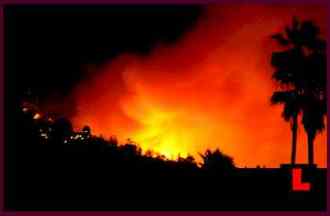 Source:
Source: 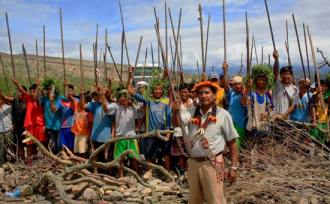 Across the globe, as mining and oil firms race for dwindling resources, indigenous peoples are battling to defend their lands – often paying the ultimate price
Across the globe, as mining and oil firms race for dwindling resources, indigenous peoples are battling to defend their lands – often paying the ultimate price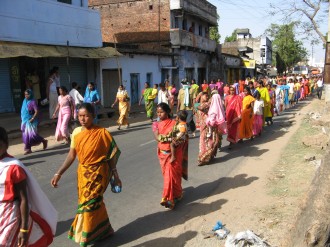 Thanks to D for making us aware of this.
Thanks to D for making us aware of this. 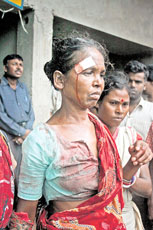 Posted by
Posted by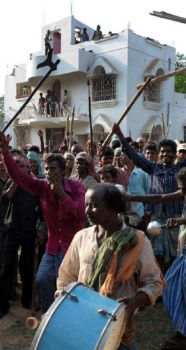 By Cherag on
By Cherag on 
 Forget Maoists, West Bengal’s Left Front has lost its social constituency through years of inaction
Forget Maoists, West Bengal’s Left Front has lost its social constituency through years of inaction
